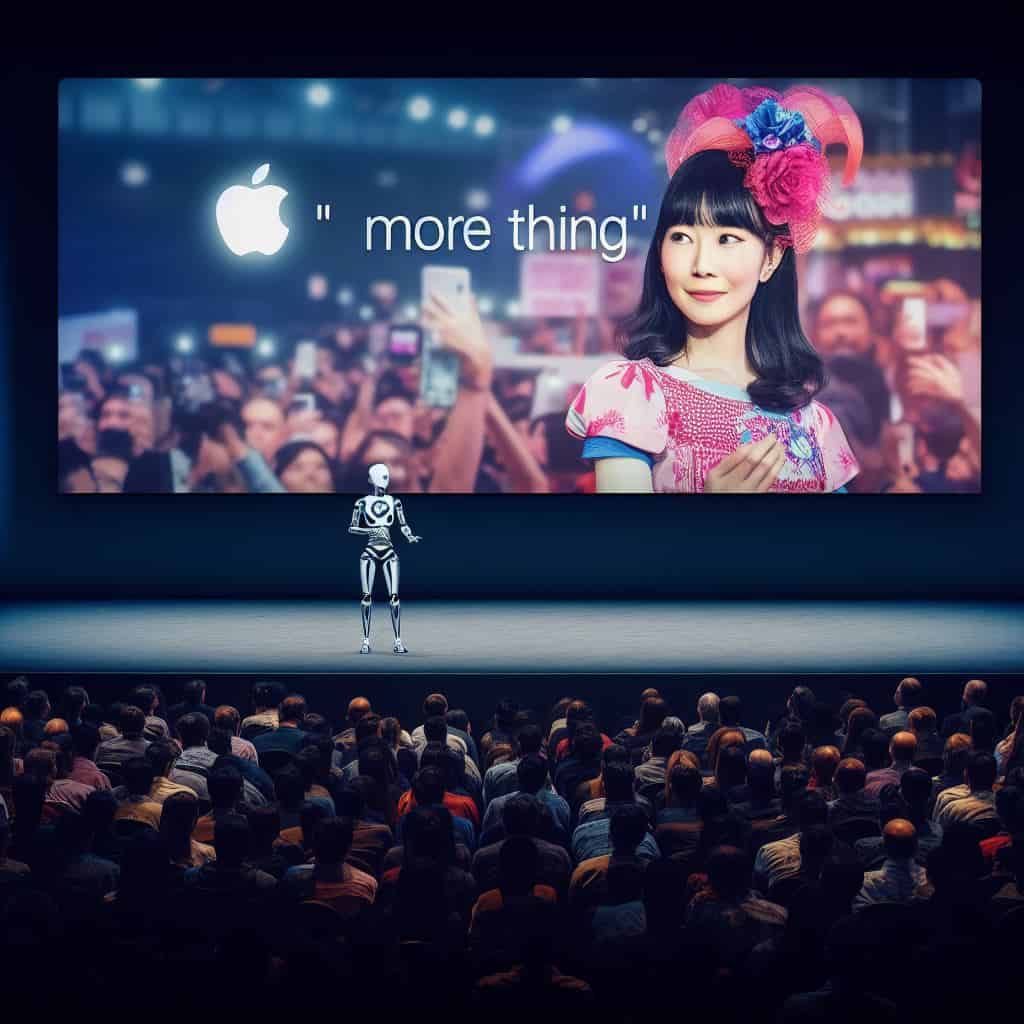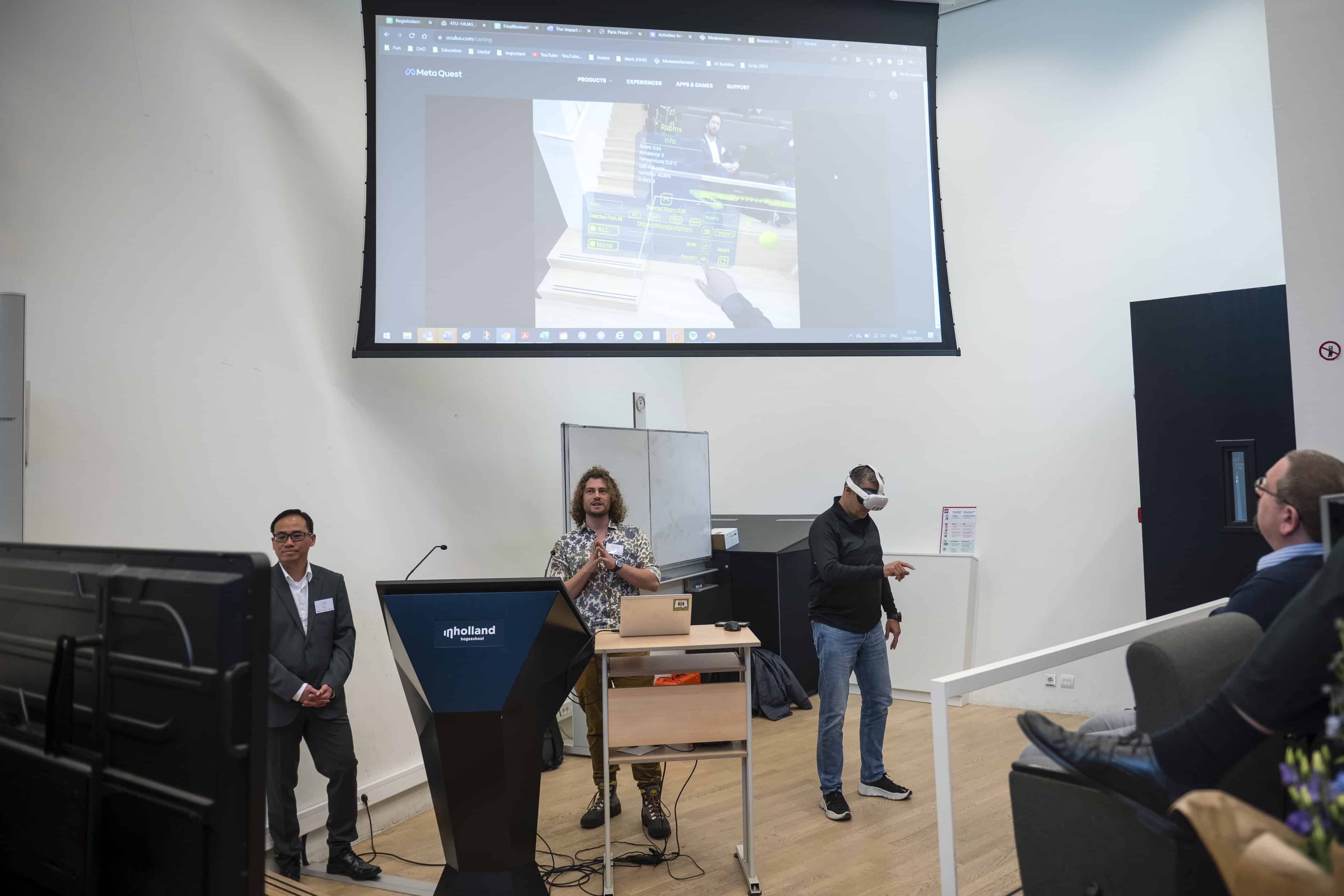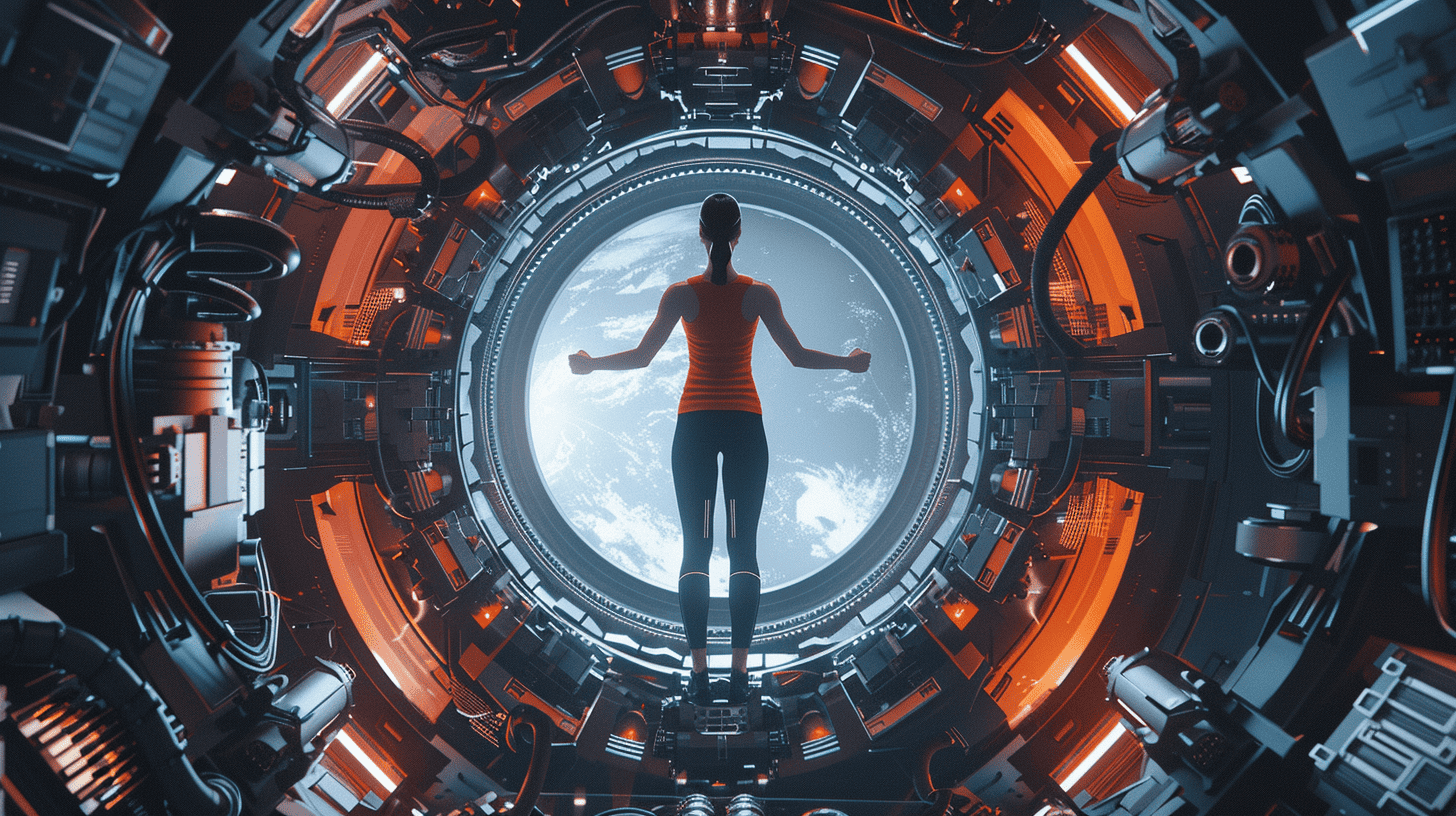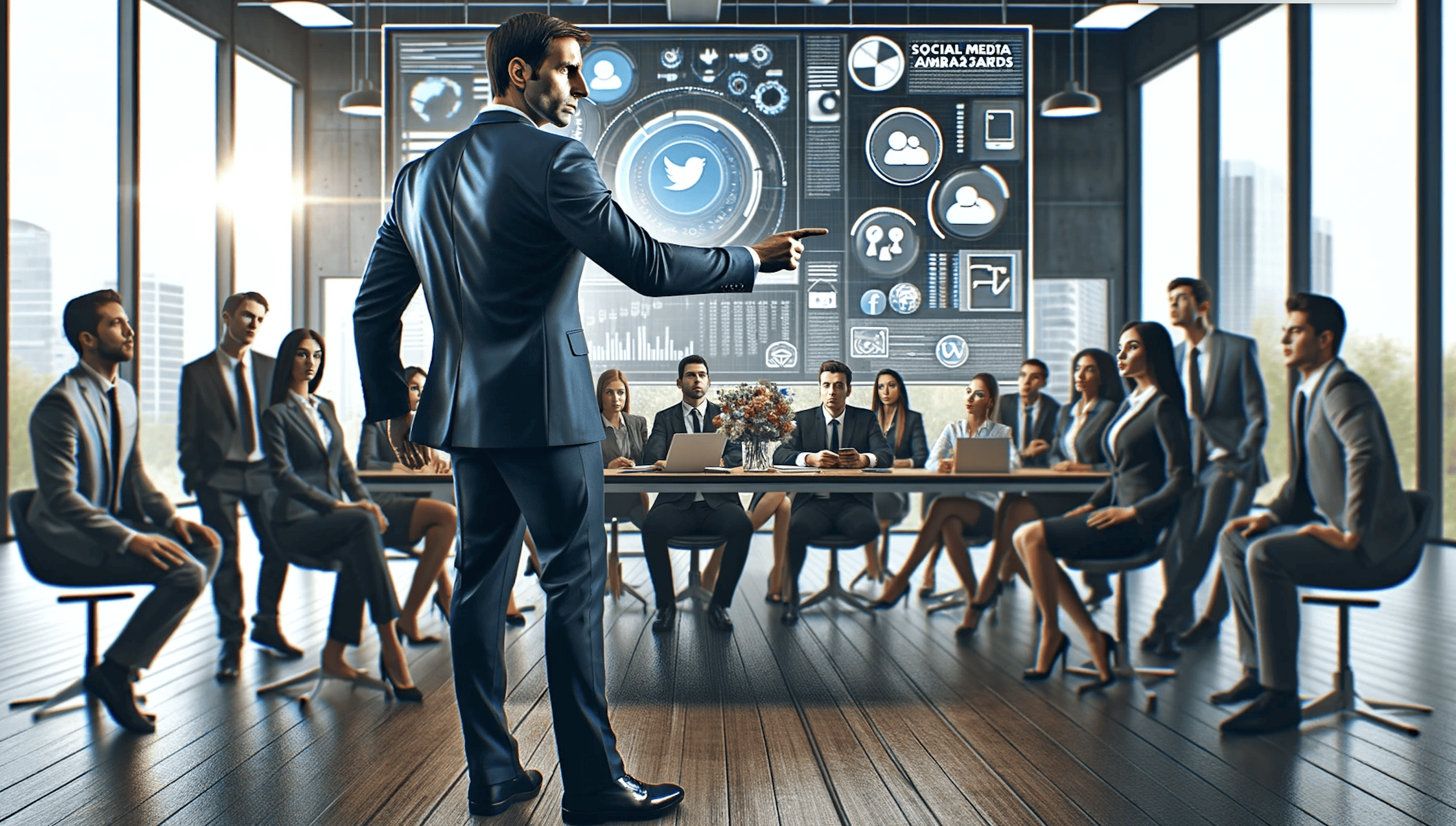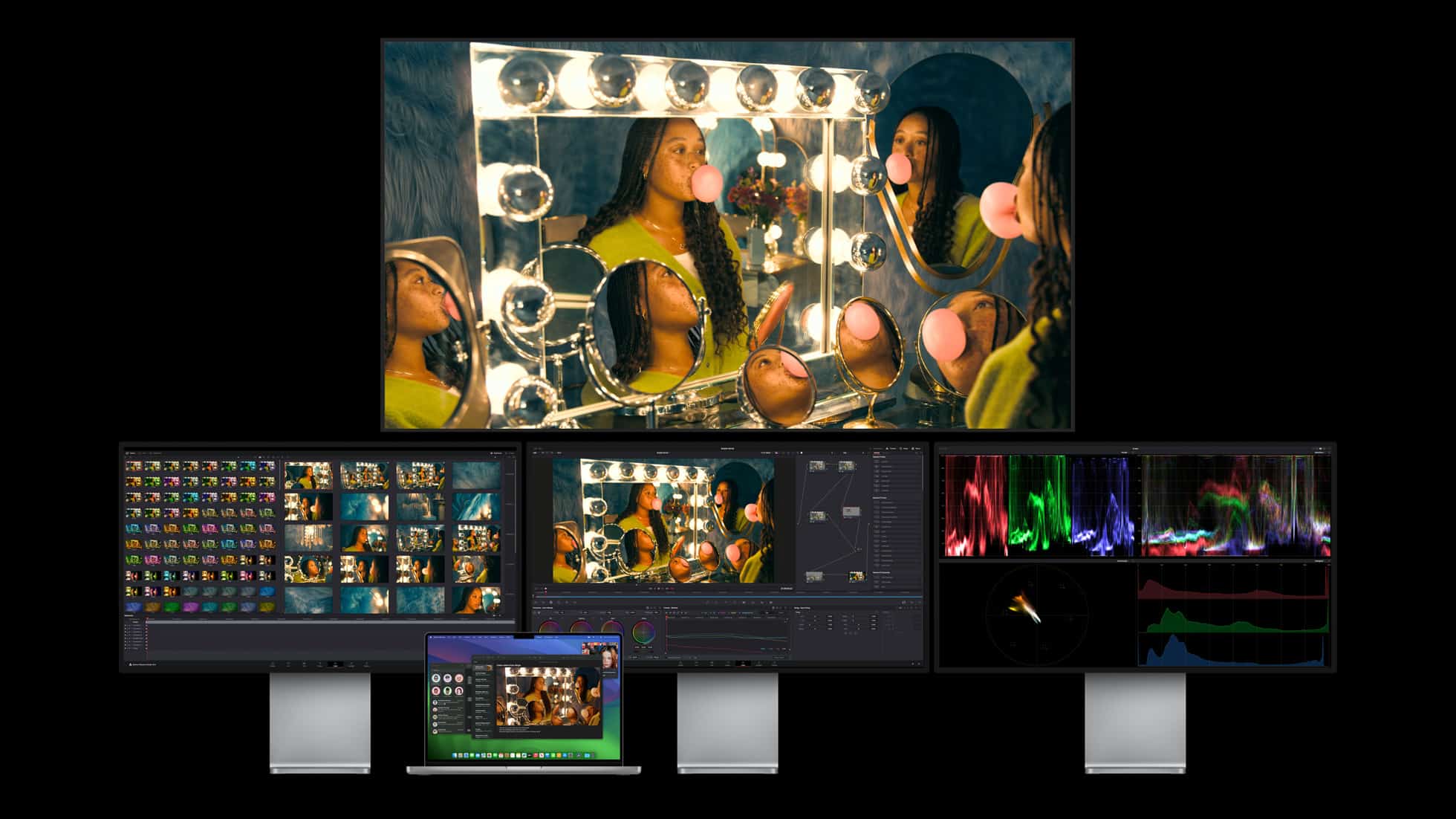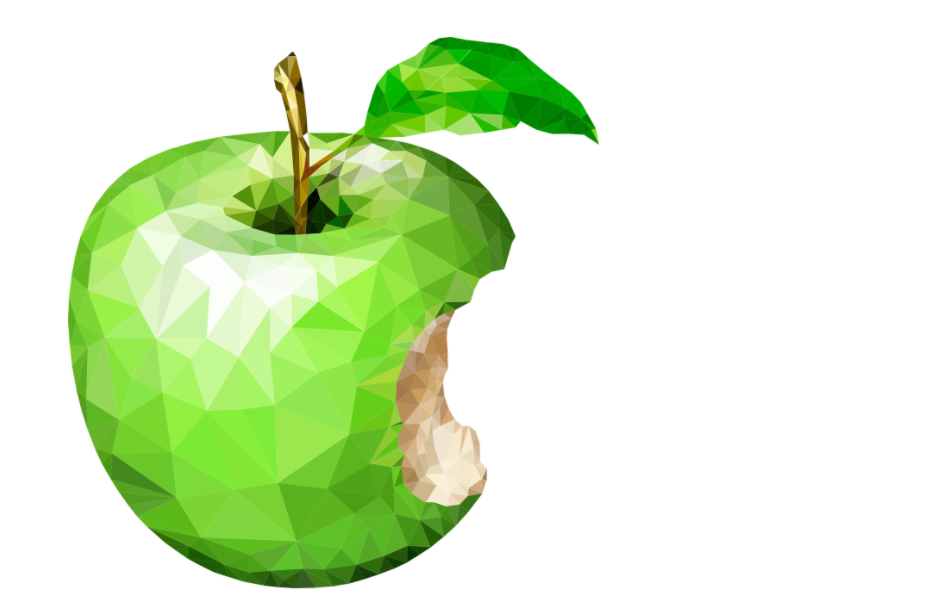
I think I can call myself an Apple fan. I love the fact that sophisticated and slick design is used in every aspect of their products, from their operating system to packaging. But that’s not the main reason for my fondness for the half-eaten apple! What amazes me is that time over time Apple manages to push the technology boundaries and take us into a new era. Of course, the iPhone was the ultimate example. Yet not all of these changes have been handy at times. Like when Apple pushed the CD/DVD drive out of their PCs. Or when they dropped the headphone jack from the iPhone 7.
With the introduction of the new iPhone 12 and other products, Apple actually manages to truly go beyond physical products towards an integrated and seamless digital and virtual reality, making the Apple brand a part of our lives.
‘We aim to create not just the best products in the world, but the best products for the world’
In reflection, Apple has continuously been working on holistic purpose-driven solution optimizations that align with its corporate vision: “To make the best products on earth, and to leave the world better than we found it.”
Recently Apple’s Vice President for Environment, Policy, and Social Initiatives, Lisa Jackson, stated, “We aim to create not just the best products in the world, but the best products for the world.” As such, the corporate vision statement is in line with Apple’s corporate social responsibility strategy. It places the emphasis on sustainability, environmental conservation as well as the overall improvement of the ecological impact of its business practices. But how should this be done?
‘Policy is one solution, innovation is another’
Sustainability is not just an ethical choice but also a business choice. It all comes back to making products that not only bring technical and financial worth with them but also leave the world better than we found. And that goes beyond the policies that are in place. If we think about sustainability and environmental impact while creating financial value for shareholders and customers, then reducing the CO2 footprint and waste are just some of the obvious examples. Innovation in renewable energy, and hydrogen or recycling and reuse of components are some of the key and mainstream solutions. Today is the era of IoT and high-performance computing. We should make better use of models and simulations in order to digitalize developmental processes and reduce environmental impact. While simultaneously increasing operational excellence and first-time success.
Digital twins
A digital twin is a real-time digital replica of a physical device or a process. It can help design products with the correct details of their form. This offers a visual representation of products that can be processed, built, and tested long before the actual physical parts are manufactured. On top of that, a digital twin can make use of sensor networks and deep learning algorithms. These are capable of designing and manufacturing truly unique and complex solutions.

Up until now, digital twinning has been done on a limited scale, albeit only for a certain part of the device or process. If used correctly, digital twinning can help us shorten the innovation cycle, minimize environmental impacts and reduce waste.
Current online ways of working as a consequence of COVID-19 are accelerating the use of versions of digital twins. I am optimistic that we will see more examples of their use in the near future.
About this column
In a weekly column, alternately written by Buster Franken, Eveline van Zeeland, Jan Wouters, Katleen Gabriels, Mary Fiers, Helen Kardan and Hans Helsloot, Innovation Origins tries to find out what the future will look like. These columnists, occasionally supplemented with guest bloggers, are all working in their own way on solutions for the problems of our time. So tomorrow will be good. Here are all the previous articles.



